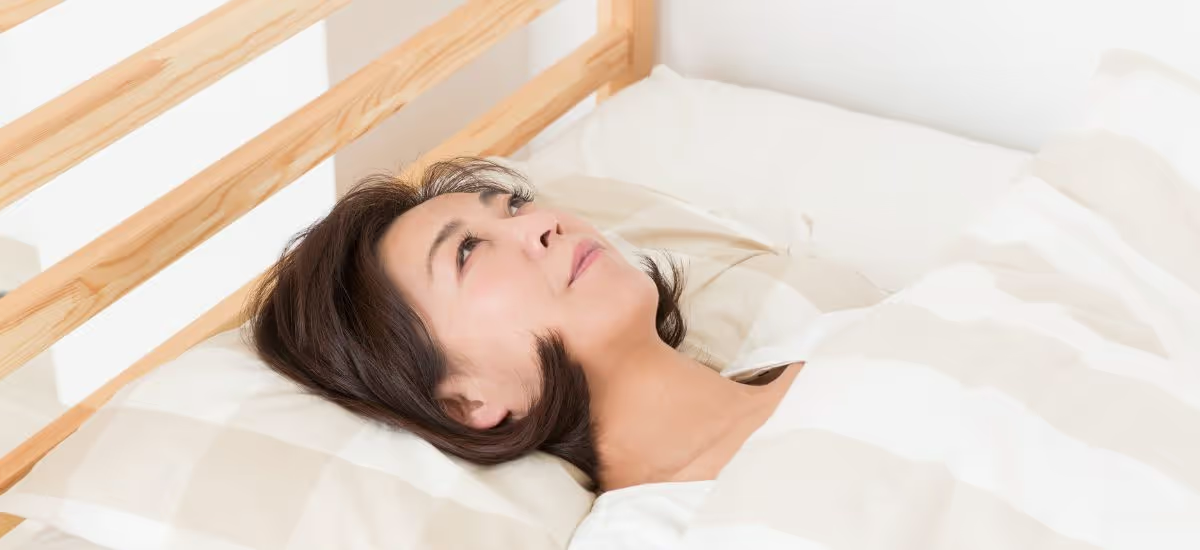Narcolepsy
Narcolepsy is a chronic sleep disorder with excessive daytime drowsiness and sudden attack of sleep. Staying awake becomes a challenge for people with narcolepsy. Cataplexy, a sudden loss of muscle tone triggered by intense feelings, often accompanies narcolepsy. There is no cure for narcolepsy, but the condition is manageable with medications, lifestyle modifications, and support from family, friends, and those around them.
We normally transition into sleep through non-rapid eye movement (NREM) sleep, stage N1, when brain wave frequencies slow down, followed by deeper sleep stages N2 and N3 before lightening up to enter REM sleep when dreaming occurs. People with narcolepsy do not have to pass through NREM sleep but immediately transition into REM sleep regardless of day or night. They may have cataplexy, sleep paralysis, and hallucinations like what happens in REM sleep while they are awake or drowsy.
Type of narcolepsy
- Type 1 narcolepsy is narcolepsy with cataplexy.
- Type 2 narcolepsy is narcolepsy without cataplexy.
Symptoms
- Hypersomnia causes people with narcolepsy to fall asleep anytime, anywhere. They can suddenly doze off while working or talking without any warning. After waking up, they feel refreshed but will soon fall asleep again. It is difficult for them to maintain their focus on work, study, or daily activities.
- Cataplexy is the uncontrollable loss of muscle tone triggered by strong emotions such as fear, anger, and excitement. When people with cataplexy laugh, they may experience complete weakness of muscles, e.g., their heads droop or their knees buckle. Only some people with narcolepsy have cataplexy.
- Sleep paralysis is temporary immobility while falling asleep or upon waking. Usually, it lasts for a few seconds or minutes but can be a frightening experience. Sleep paralysis is similar to the body mechanism during REM sleep which prevents the body from acting out the dream. People with sleep paralysis may not have narcolepsy, while people without narcolepsy can have episodes of sleep paralysis.
- Hallucinations are of 2 types:
- Hypnagogic hallucinations occur when falling asleep.
- Hypnopompic hallucinations happen upon waking up.
The hallucinations can be very life-like and frightening to people with narcolepsy because they are not yet fully asleep and perceive dreams as reality.
Causes
The cause of narcolepsy is yet unknown. But hypocretin level is low in people with type 1 narcolepsy and those with cataplexy. Hypocretin, a neurochemical in the brain, regulates wakefulness and REM sleep. According to experts, the loss of hypocretin-producing cells in the brain may result from autoimmune disease, brain injury, brain tumor, infections, or exposure to toxins or swine flu.
Risk factors
There are a few known risk factors.
- Age. People with narcolepsy usually begin to manifest the condition when they are 10-30 years old.
- Family history. People with direct family members with narcolepsy have a 20 to 40 times higher risk of developing the condition.
Complications
Obesity: decreasing daytime physical activity can lead to lower metabolism and reduced muscle mass.
- Physical harm
The risk of physical harm increases as people with narcolepsy may hurt themselves if they fall asleep while driving or cooking. - Relationship problems
Anger, joy, or other strong emotions can trigger narcolepsy symptoms. People with narcolepsy may fall asleep or not engage socially during a social gathering, which affects their ability to socialize and contributes to self-isolation. - Public misunderstanding of the condition
Those who do not know and understand narcolepsy may view them as lazy or lethargic. Excessive daytime sleepiness may hinder them from doing well at school or work.

Diagnosis
A sleep specialist will conduct an in-depth sleep analysis to diagnose and determine the severity of narcolepsy and rule out other sleep disorders, such as sleep apnea and sleep deprivation.
- Sleep history includes talking about everyday sleeping habits and doing the Epworth Sleepiness Scale, a questionnaire to gauge the degree of sleepiness.
- Sleep records by keeping a sleep diary to record the wake/sleep schedule and deploying an actigraph similar to a smartwatch to assess the daytime activity, sleep/wake pattern, and circadian rhythms.
- Polysomnography monitors breathing and measures the electrical activity of the brain and heart and the movement of eyes and muscles. Spending the night at a hospital is required.
- Multiple sleep latency tests to assess the sleep onset. People with narcolepsy can fall asleep readily and frequently begin rapid eye movement (REM) sleep within 15 minutes.
Treatment
Medications: aims to decrease excessive daytime drowsiness and increase alertness.
- Stimulants such as modafinil and armodafinil are to keep people with narcolepsy awake during the day. Possible side effects are anxiety, headache, and nausea, but they are rare.
- Sodium oxybate can effectively treat cataplexy and improve nighttime sleep.
- Tricyclic antidepressants such as imipramine, protriptyline, and clomipramine are effective for cataplexy but can cause side effects, including dizziness and dry mouth.
Lifestyle modification
Modifying lifestyles can help manage narcolepsy more effectively.
- Adopt a good sleep habit and stick to it. Try to go to bed and wake up at about the same time every day. Avoid staying up late during weekends.
- Make the bedroom a sleep sanctuary. The bedroom environment should be dark, quiet, temperate, and comfortable. Keep the TV, computer, or phone out of the bedroom.
- Set a bedtime ritual such as taking a warm bath, meditating, or listening to soft music before bedtime.
- Avoid alcohol, caffeine, smoking, a large meal, or plenty of liquids before bedtime.
Article by
Dr Surasak Komonchan
A doctor specializing in neurology
Doctor profile
Dr Jirayos Chintanadilok
A doctor specializing in pulmonary and sleep ทedicine
Doctor profile







